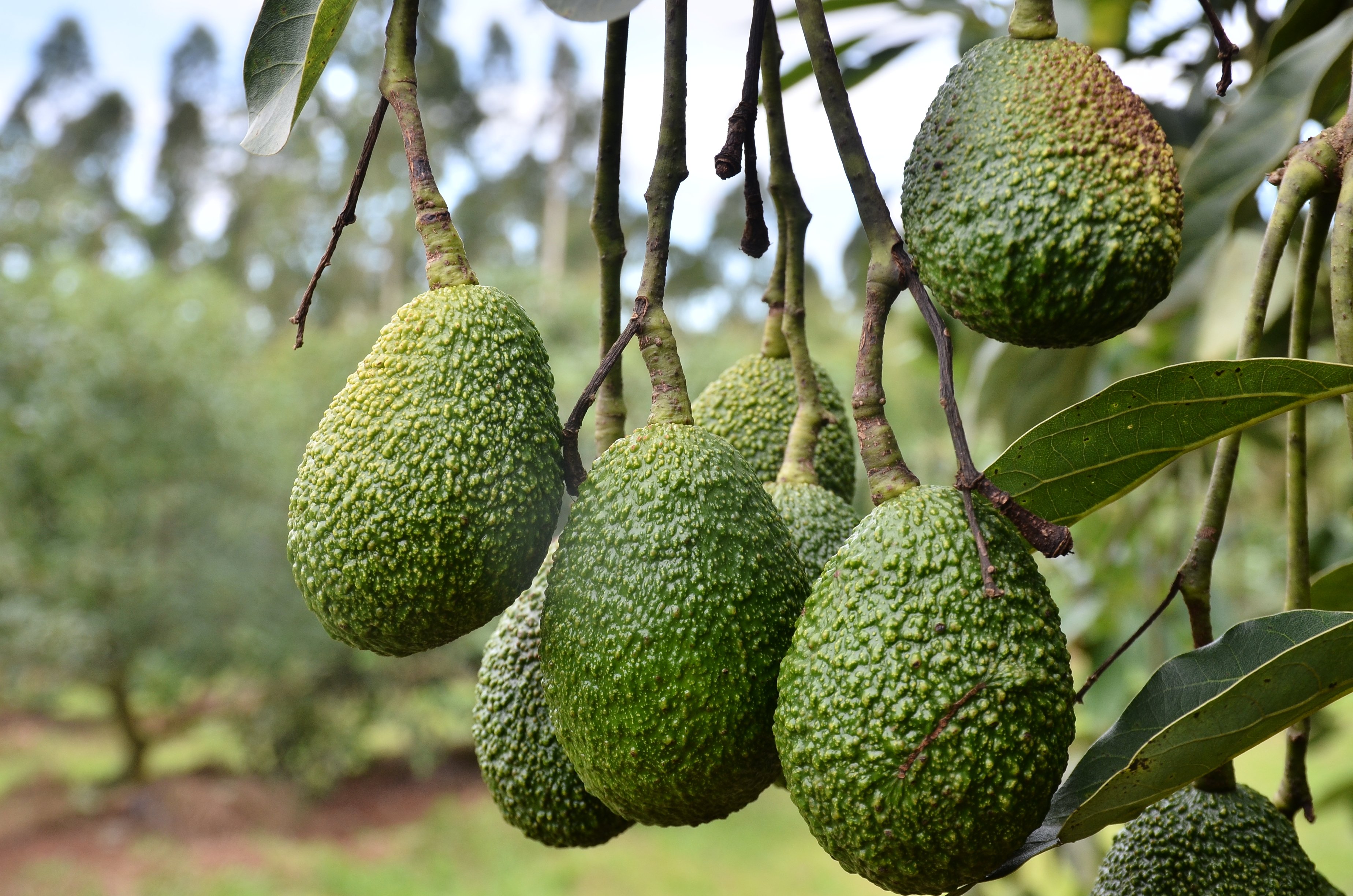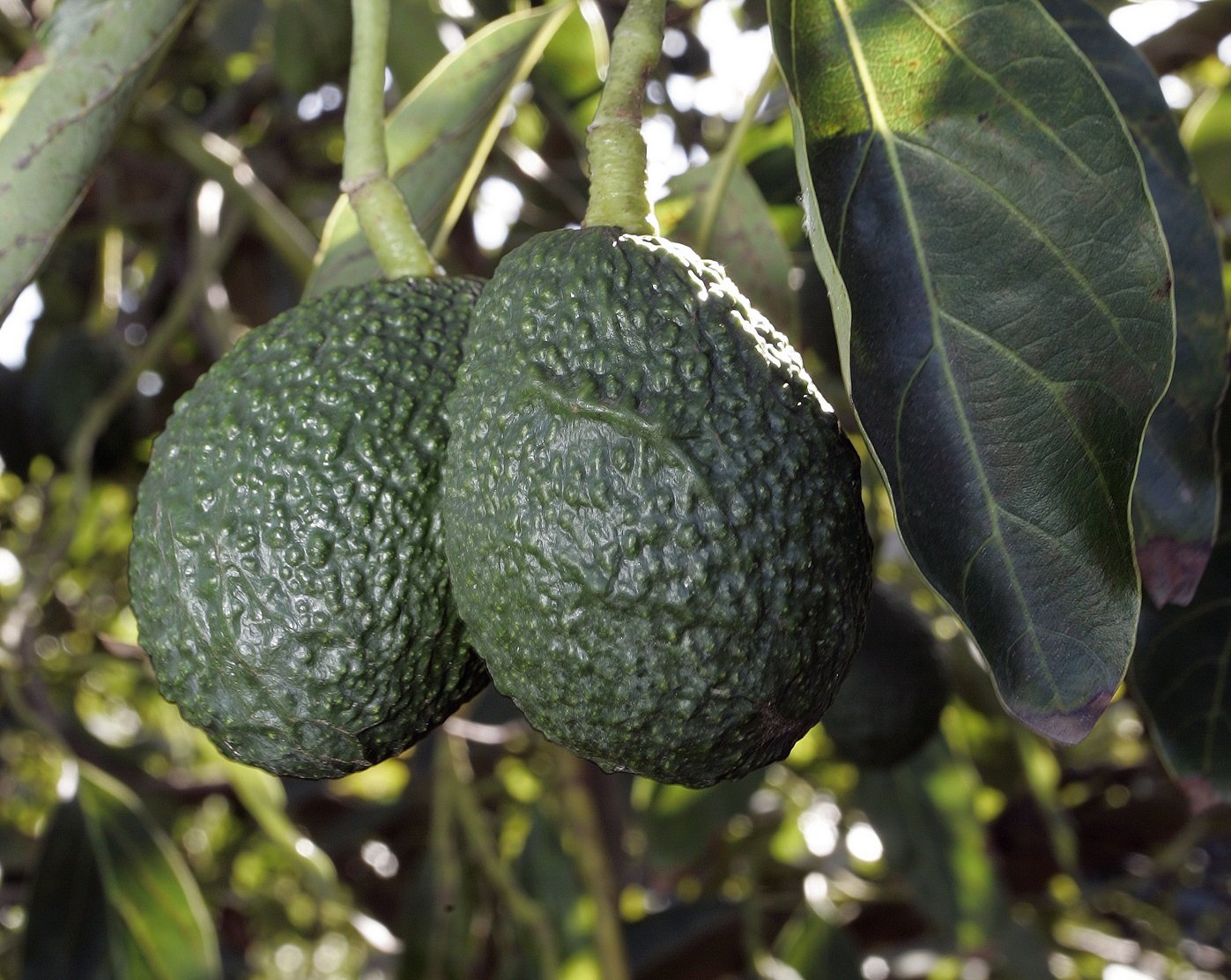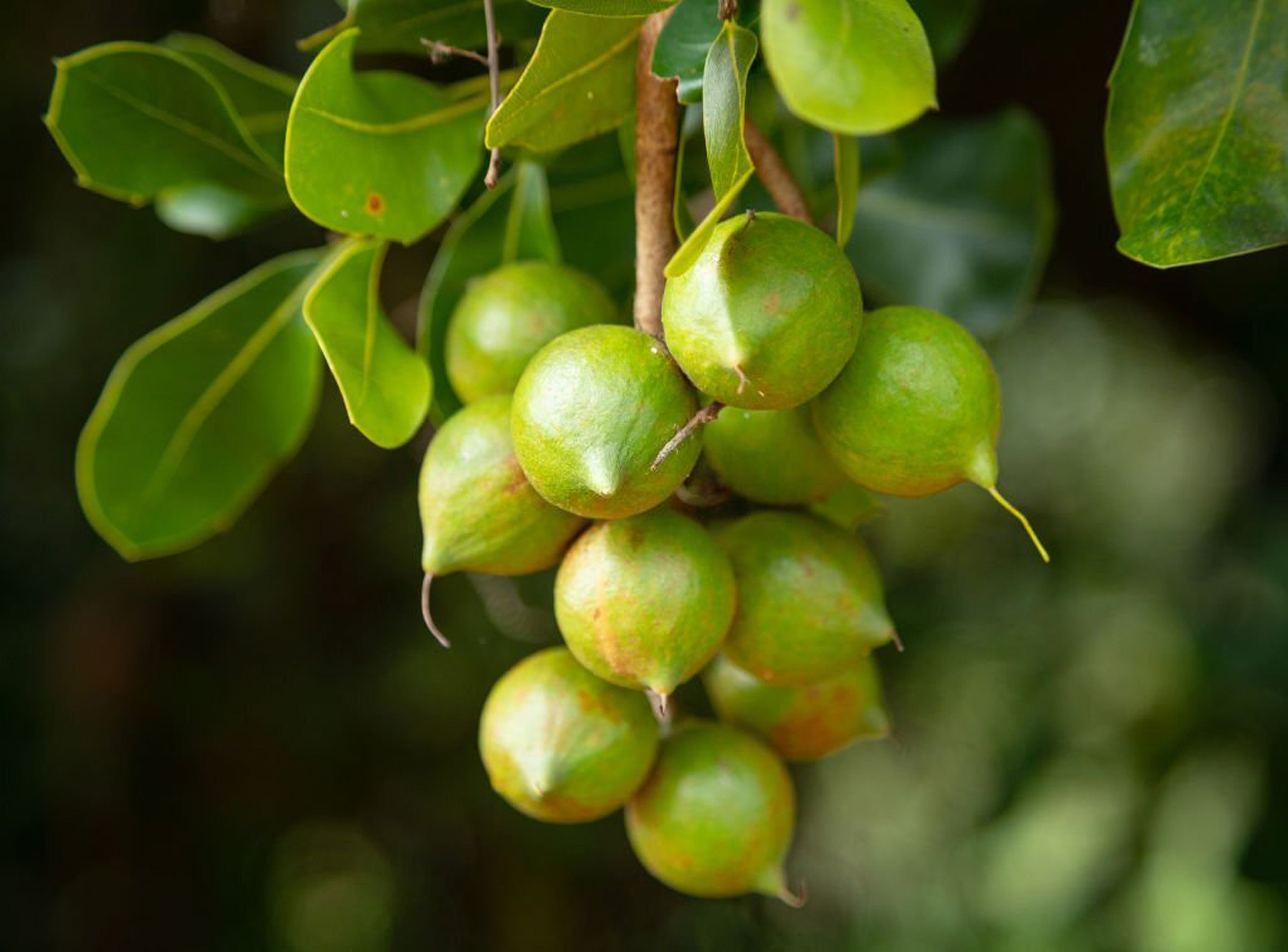Prime
Getting it right with Hass avocado farming

Avocado. PHOTO/FILE
What you need to know:
- Hass avocado is becoming very popular to grow by commercial farmers. If you are still unsure of how to go about starting your own avocado production, here is what the experts recommend.
Coffee farming continues to be the lifeblood of Uganda’s export economy but extreme weather including extended droughts and heavy rains as well as pests and diseases have jeopardised the livelihoods of the farmers who cultivate it. Many are now looking at options. Two crops -- macadamia and Hass avocado are now priority high value crops filling the gap.
The agriculture ministry has set a target for Uganda to become one of the top global avocado exporters in the next 10 years the ministry is counting on the country’s high-quality soil, reliable rainfall patterns and warm climate which make it uniquely positioned to grow the Hass avocado — sought-after for its comparatively quick cultivation time and its durability.
The Hass avocado growth in Uganda began in 2013 when farmers exported just above four tonnes of avocado. The industry has since exploded, reaching a record high of 469 tonnes in 2020 according to figures from the United Nations Commodity Trade Statistics Database (UN Comtrade). In 2021, avocado exports totalled $7b.
Last week, Agrifarm Uganda organised a farm tour at Greenfingers Farm, Bongole in Buwama along Masaka Road to explore opportunities of scaling Hass avocado in Uganda.
Experts including Agnes Mbabazi Kabwisho, the CEO, Agrifarm Uganda, an agriculture enterprise that deals in agriculture technologies such as fertiliser, seeds and chemicals, and Charles Mumanyi discuss what aspiring avocado farmers need to know before they get started.
Pay attention to export quality
For any farmers, it is important to note that Hass avocado production is mainly for export. Globally, the major Hass avocado end markets are France and the United Kingdom, with the Netherlands and Scandinavian nations having the greatest per capita consumption.
Mbabazi says that almost all the Hass avocado produced in the country is exported with limited domestic consumption. This requires phytosanitary and conformity certificates.
The right seedlings
Mbabazi’s journey in Hass avocado farming started on a disappointing note when she was supplied ‘fake’ avocado seedlings. She has since learned that getting the right seedlings is as important as establishing an orchard.
“I would encourage farmers not to buy seedlings by the roadside but rather consult and buy from certified nurseries,” Mbabazi explains.
Most local nurseries in Uganda that claim they sell grafted Hass avocado trees do not have any avocado rootstocks. What they do is, grow random avocado seeds and graft them with bud wood from a Hass tree. This is the reason many farmers import plants from Kenya. “When you make an investment into developing an orchard, it is for a lifetime. Getting the right seedlings is the starting point of great yields,” she says.
The right climate
Setting up a profitable avocado orchard requires careful planning and the right site.
Avocado plants flourish in cool, subtropical areas. Mumanyi says that the areas in which avocados are grown must be able to receive a lot of rainfall. That’s why it is considered a subtropical area.
He says that Hass avocado can be grown anywhere in Uganda without much need for irrigation.
“If your site is found unfavourable, you may need to make soil adjustments but if it costs higher, just abandon the idea,” he says.
According to a growing guide, by the National Agricultural Research Organisation (Naro), the ideal average temperature to grow avocados ranges between 20 to 25°C. During flowering, the temperature needs to be above 18°C, though some cultivars can handle temperatures as low as 13°C. An undesirable climate leads to fruit damage and losses.
The right soil
Planting Hass avocados can be an expensive venture. It makes sense then to have the soil you wish to plant in analysed first to see if it meets the soil requirements for avocados.
Those requirements include a reddish-brown, red, and dark brown soil colour, with a clay content between 20 and 40 percent. The clay content helps with water retention, though if the clay content is too high, high rainfall and over-irrigation can lead to water-logged soil that causes root rot.
Mumanyi explains that avocado trees cannot do well on sandy soils saying such soils do not produce trees of good enough quality, making the fruit from these trees sub-par.
Avocados grow best with a soil pH of 5-7. Avocados are very sensitive to alkaline soils, with pH greater than 7. Their uptake of iron and zinc can be terribly compromised with high soil pH and they will suffer.
Mbabazi says that the soil needs to be properly ripped deeper to loosen it up for proper root growth.
Water
Avocados are not drought-resistant, and almost always need supplementary irrigation. The plant requires rainfall of more than 1000mm annually, spread fairly evenly throughout the year.
It takes about 283 litres of water to produce one kilogramme of avocados, according to the Netherlands-based non-profit Water Footprint Network.
That is four times what is needed to produce a kilo of oranges and 10 times what’s required for tomatoes. Drifting further from the natural environment in which it typically grows, farmers will have to use greater quantities of water to cultivate it.
Supplementary irrigation is needed during the dry parts of the year. This is also why the plants require a high level of humidity, as the humidity limits water stress.
Avocados also cannot flourish in waterlogged conditions, which is why the correct irrigation methods need to be used. Trees require frequent, light watering, the amount of which depends on how mature the trees are. Using a flooding system to irrigate the trees is not recommended at all.
A micro-irrigation or low-flow drip irrigation system, costing about Shs4m, is ideal.

Farmers must prune excess brunches on Hass avocado tree to get more fruits. Photo | George Katongole
It is however important to pay attention to irrigation water as avocado trees are sensitive to high soil salinity. Water with less than 100ppm of chloride salts is suitable for avocado farming.
Fertilising
Correct nutrition is critical in Hass avocado production but fertiliser treatments should be based on the results of regular soil and leaf analysis.
Soil analysis results may suggest adding lime, dolomite, phosphorus and selected trace elements before planting. Farmers are advised to apply fertiliser or manure before planting, at least six months earlier so it is broken down and taken up by the soil before planting.
You should never use nitrogen, potassium or animal manures on or just before planting. Fertilising soon after planting can burn the tender feeder roots of the young tree.
Mbabazi, whose company offers inputs, says farmers should pay particular attention to levels of: nitrogen, boron, calcium, zinc and soil pH.
Nitrogen encourages tree growth and canopy health. Boron is important to add before and during flowering for fruit set, calcium is important for fruit quality and zinc is an important trace element that is often deficient or unavailable in some soils. Lime or dolomite is only necessary about once every 2–3 years with foliar nutrient sprays of boron recommended at flowering.
Canopy management
Without canopy management, yield and fruit quality will deteriorate and trees will become more physically difficult to spray and harvest.
The aim of canopy management is to keep trees to a practical size, allow sunlight into the canopy to encourage flowering and fruit set as well as rejuvenate the branches to keep them productive.
For Hass, Mumanyi says the most universally successful approach is to selectively remove one major branch per year.
The trees will also need to be ‘topped’ every two or three years to keep height down, as well as some selective pruning of side branches. Major pruning is recommended after harvesting.
Diseases
Avocado root rot is the most serious disease that affects the crop. The disease, which is caused by the fungal pathogen Phytophthora cinnamomi, thrives in poor drainage conditions.
Pale and wilted leaves, branch die-back and small fruits are the consequences. It has been suggested that applying a layer of gypsum and a 10 to 15cm layer of an organic, coarse mulch underneath the avocado tree’s canopy, but several centimetres from the tree’s trunk, supplies calcium and suppresses the development of root rot.
Anthracnose, caused by the pathogen Colletotrichum gloeosporioides, infects an avocado tree’s fruit, flowers, small branches and foliage, leaving spots, lesions and decay.
This disease thrives in areas of high humidity. Pruning limbs to at least two feet off the ground increases air circulation at the base of the tree and removing debris from underneath the tree prevents pathogens.
About Hass
Avocado
Type: evergreen
Sunlight requirements: Minimum 6hrs a day
Soil composition: Loose, sandy or well-draining with pH of 6.5 or lower
Lifespan: 200-400yrs
Yield: You can harvest about 30 fruits per tree in two to three years or an average of 300 and 400 kilogrammes per acre. Four-year-old trees can produce about 200-5—fruits each.
Price: the average price per kilogramme in Uganda is between Shs4,500 and Shs5,000. The average price is about Shs500 per fruit.
Did you know?
Avocado is a «spoilt (child) plant? Lack of water kills it. Excess water kills it.
Mexico is the leading Hass avocado producer globally, accounting for 45 per cent of world’s production. Kenya is number one in Africa, seventh globally.
An avocado tree can grow up to 80ft tall but must be pruned to a manageable height (20ft).




